Mulching is One of The Best Soil Improvements for gardens and landscapes. Mulch has amazing benefits. But not everybody knows what mulch is, how to use it and what its benefits are. Mulch is simply anything that can be put on top of soil. It is often confused with compost. Compost is a soil amendment that is mixed into the soil. But if compost is put on top of the soil, it becomes a mulch.
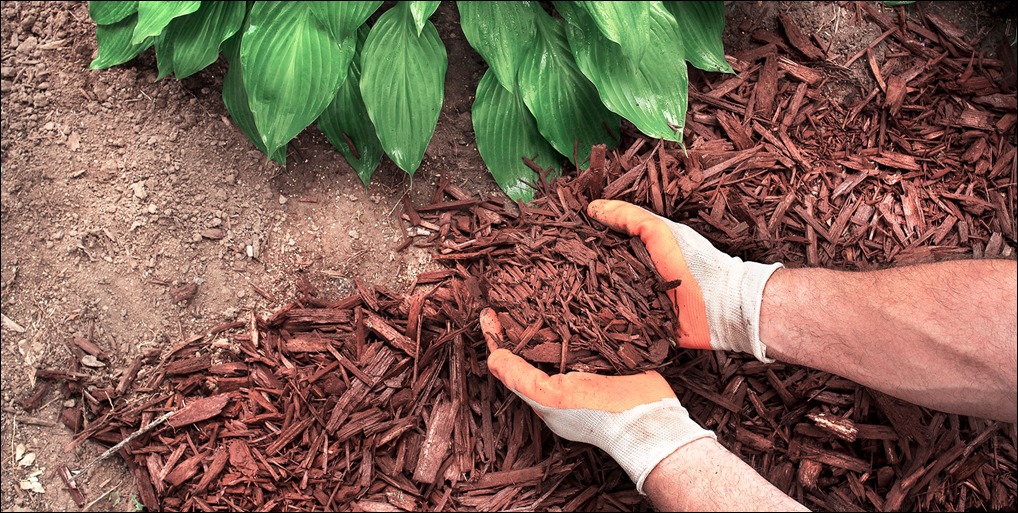 .
.
.The Benefits of Mulching
Mulch beautifies gardens, suppresses weeds and serves as a home for beneficial insects and organisms. When done correctly, mulch protects plants by enhancing soil structure and fertility. It mimics the natural environment found in forests where leaves and branches blanket the soil surface, replenishing nutrients as they decompose and creating an ideal environment for root growth.
Mulching helps with the conservation of moisture by increasing water infiltration and slowing of evaporation. Soil temperature is moderated during extreme summers and winters. Reduced soil compaction from foot traffic allows roots to “breathe”. Mulch also acts as a barrier that blocks sunlight for weeds to germinate and grow.
.
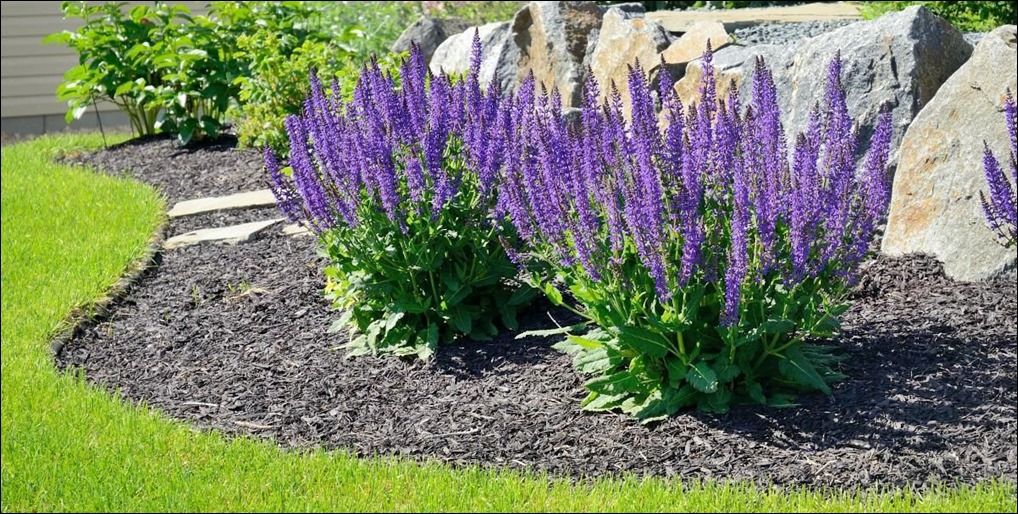 .
.
Read Also About: How to Plant Shrubs and Trees Correctly
Organic and Inorganic Mulch Types
There are two types of mulches, organic and inorganic. Organic mulches include wood chips, hardwood and softwood bark, pine needles, straw, grass clippings, seed hulls, etc. Inorganic mulches include gravel and rock. The various organic mulches decompose at different rates and require periodic reapplication. Inorganic mulches, such as gravel, stone chips, river rock, and rubber, do not provide the same benefits as organic mulches as they do not decompose.
.
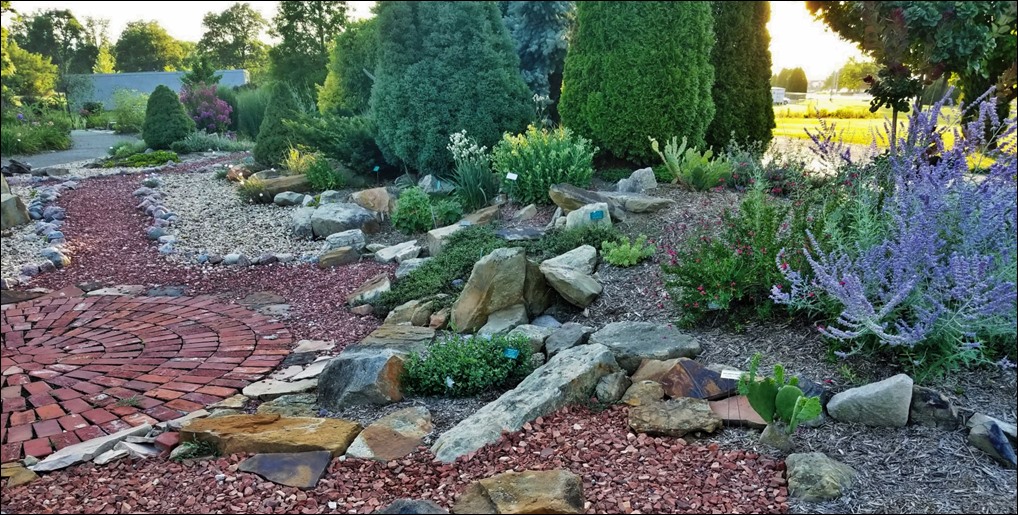 .
.
Weed Barrier Plastics and Fabrics
A common practice is to apply mulch over black plastic (polyethylene) and woven plastic weed barrier fabrics (polypropylene). Black plastic is impermeable therefore no oxygen exchange can occur to the soil. Lack of oxygen to the roots and soil microbes significantly reduces plant growth. Black plastic also prevents water penetration.
Woven weed barrier fabrics initially allow some minor oxygen and water exchange to the soil, but eventually become clogged and create the same issues as plastic. Weeds easily germinate on top of the fabric and root into or through it.
Both plastic and woven plastic fabrics disrupt the life cycles of many pollinators and other soil invertebrates. In most gardens and landscapes, the correct application of other mulches is a better option. Fabrics and plastic can be good choices for large-scale vegetable production where regular maintenance and replacement is easily performed.
|
Natures Gold Landscape Mulch gives your landscape a fresh, decorative and appealing look all season long. It achieves excellent plant growth, moisture retention and weed suppressions without the use of chemical fertilizers and it is safe for people, plants and pets. Use Nature’s Gold Landscape Mulch in your flower beds and for winter protection by completely covering the base of pruned roses. Mulch in alleyways and to the edge of planted trees, shrubs, vegetables and berries to help suppress weeds. Add to the backyard compost to stimulate activity and improve aeration. |
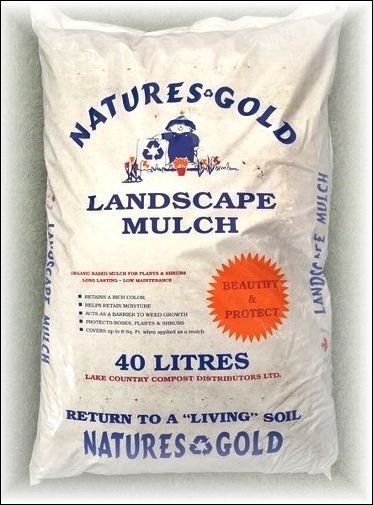 |
Mulch Selection & Proper Use
The selection of a mulch depends on its intended use. If the main objective is soil improvement, organic mulch that gradually breaks down is a good choice. If the area is used primarily for annual flowers, it often is more practical to use a temporary organic mulch such as composted leaves or grass clippings that can be turned under each fall. Wood chips and inorganic mulches like pea gravel are a good choice for landscape plants such as trees, shrubs, or perennials.
Any stone used for mulch should be smaller than a half-inch in diameter for the benefits of water conservation and weed suppression. Larger stone sizes do not function well as mulches but may provide landscape interest. Pea gravel has been shown to improve water infiltration into the soil, especially after heavy down pours.
.
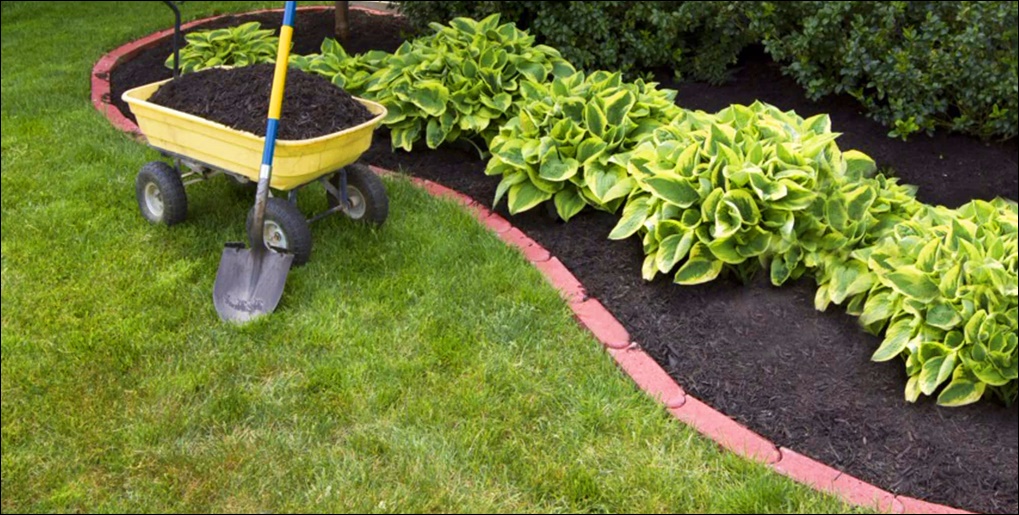 .
.
Gravel mulch transfers more heat to underlying soil than wood chip mulch. It can result in more vigorous plants as it can effect biological activity down to one foot below ground during cold months. In close proximity to buildings, transferred heat can also cause some tender plants to begin growing too early in the spring.
Most mulches, including wood chips and pea gravel can be applied to a depth of 2 to 4 inches. Mulch that is too deep can weaken plants and prevent water and air from reaching the soil. Rodents living in or below the mulch may chew the bark of plants, girdling and eventually killing them. Mulches in contact with the bark of woody plants may keep it too moist and contribute to the growth of fungi and other decay organisms. Bark or wood chip mulches mixed into the soil may starve plants of nitrogen. If this occurs, a nitrogen fertilizer can compensate as needed.
.
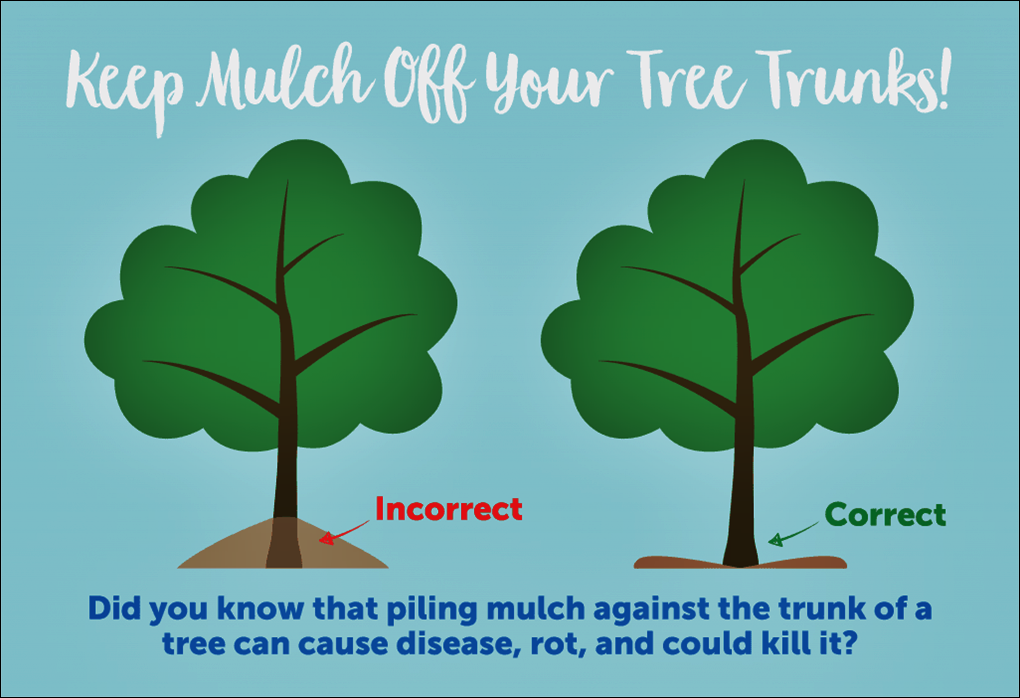
.
Mulching around trees requires extra attention as the mulch should not be in direct contact with the bark. The mulch needs to be applied to the outermost edge of the tree’s canopy, referred to as the “drip line” which moves out as the tree grows. Unless the soil is poorly drained, no more than a 2 to 4 inch layer of organic mulch should be used to prevent harm to the root system. When using finely textured or double-shredded mulch that allow less oxygen through the root zone, no more than 1 to 2 inches of mulch depth is required.
Read Also About: Fast Growing Shade Trees For Vernon BC
For tree health, all mulch materials must be kept away from the trunk and the root flare which is where the trunk meets the soil. The root flare is at or near the ground line and is identifiable as a marked swelling of the tree’s trunk where roots begin to extend outward.
.
When to Apply Mulch
In general, mid- to late spring when the soil is warming up from the freezing temperatures is the best time for mulching. Mulching too early can slow down the warming process, which the soil needs to do its job. Mulches used to enhance appearance and control weeds may be applied at any time. If the mulch is used to protect fall transplants by keeping soil temperatures above freezing, it should be applied immediately after planting.
Nicholas Alexander – Vernon’s New Garden Center of Choice carries a great supply of Nature’s Gold Landscape Mulch for your garden and landscape projects. Visit us today, we are happy to serve you!